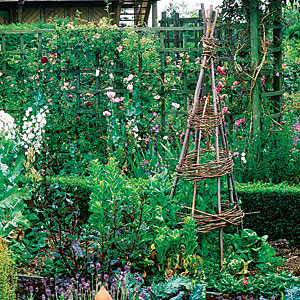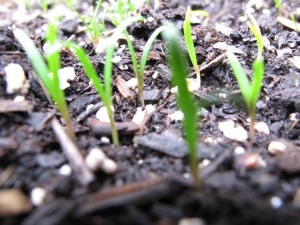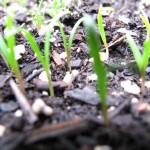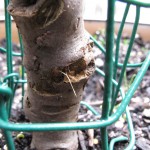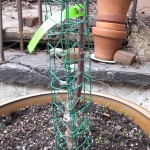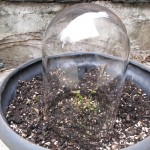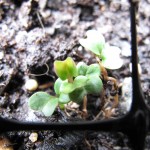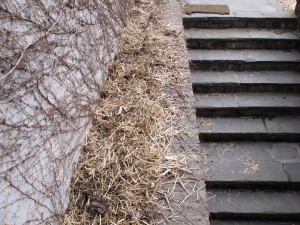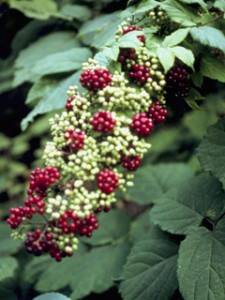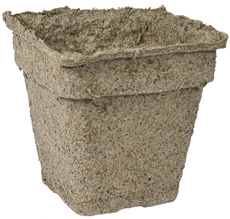The following article was on newsday.com today
by Jessica Damiano | Garden Detective
Planting your own vegetable garden can really save money. And that’s not just my opinion; the U.S. Department of Agriculture concurs, estimating that every $100 spent on vegetable gardening yields $1,000 to $1,700 worth of produce.
Expect to harvest about a half-pound of edibles from every square foot of garden, according to the National Gardening Association. That means a 15-by-15- foot garden can produce more than 100 pounds of vegetables.
Supplies: Hoes, rakes, spades, hoses and a fluorescent light kit for indoor seed starting are practically one-time purchases. When spread over their lives, their costs become negligible. Assuming you don’t buy any fancy composting bins, raised-bed kits, greenhouses, cold frames or other high-end gear, growing your own can be quite the miserly endeavor.
A $70 investment in seeds and supplies can yield, on average, a $600 return, assuming a $2-per-pound market price for produce, according to the National Gardening Association. All you really need are seeds and seed-starting mix, containers to start the seeds in (be creative and recycle yogurt containers and egg cartons), fertilizer, compost, water and mulch. It’s late in the season to be starting seeds indoors, so if you haven’t, buy nursery-grown starter plants for this year.
Time: Plan to spend 30 to 40 minutes a week tending every 100 square feet of garden. That’s about 10 minutes a day, plus time for watering.
Sun: When it comes to sun and vegetables, more is better. Locate your garden where it will receive at least six hours of full sun each day, especially if you’re growing the plant for its fruit or root. If you don’t have a site that offers full sun all day, no worries. Just stick to green leafy vegetables like lettuce, collard and mustard greens, Swiss chard, spinach and kale. Broccoli, cauliflower, peas, beans and beets can handle a little shade, too. Herbs require full sun. And always transplant seedlings outdoors on a cloudy day.
Soil: Before you do anything else, dig down 4 to 6 inches into your planting bed and scoop up a cupful of soil for a pH test. You can do this yourself with a store-bought test kit or you can bring a sample to your county Cornell Cooperative Extension office, where they’ll test it and provide specific instructions on raising or lowering the pH and give suggestions for improving the soil. The optimum pH level for vegetables is between 6.2 and 6.8. For herbs, it’s 7.0.
Next, clear the bed of weeds and enrich the soil. Add lime or sulfur if indicated by your pH test results (lime raises alkalinity, sulfur reduces it). Spread 4 inches of compost – the best organic matter available – on top of the soil and till it 6 to 8 inches deep.
If you’re planting in a newly created bed, incorporate 3 pounds of 5-10-5 or 10-10-10 slow-release fertilizer per 100 square feet. If you’re using the same bed you planted in (and fertilized) last year, mix in 2 pounds per 100 square feet. Herbs generally don’t need fertilizer.
Space: Vegetables planted in wide rows perform and produce much better than those that are crowded together. Ideally, rows should run north to south for best sun exposure, but don’t sweat it if that isn’t possible. Transplant starter plants or seedlings exactly as deep as they were growing in their pots. Only tomatoes can, and in fact, should, be planted deeper; they send out roots from the buried portion of their stems that actually make for sturdier plants.
Mulch: Even though it makes the garden look nice and tidy, mulch isn’t purely decorative. Its real purpose is to discourage weeds, maintain even soil temperature and retain moisture. Apply 2-3 inches around plants. Consider shredded bark, wood chips, salt hay or black plastic sheeting.
Water: Most vegetable plants require one inch of water per week. Set an empty tuna or cat-food can into the garden to catch and measure rainfall, and gauge supplemental irrigation accordingly, timed for early mornings to avoid fungal diseases. It’s better to water very deeply once or twice a week than to water just a bit every day, which results in shallow root systems. Use soaker hoses to water the soil, not plants, as sprinklers and overhead watering can lead to fungal diseases.

